Monterey Regional Waste Management District (MRWMD) will no longer able to accept any amount of treated wood waste (TWW) starting January 1st due to a change in state regulations overseen by the Department of Toxic Substances Control (DTSC). DTSC defines TWW as wood treated with chemical preservatives to prevent wood rot and decay from weathering, insects, and fungus. Examples of TWW include treated decking, fence posts, pilings, landscaping timber, sill plates, and guardrails.
TWW is considered hazardous waste and is accepted only at Class I Hazardous Waste Landfills that manage the most toxic materials. As a Class III Non-Hazardous Municipal Solid Waste Landfill that manages the least toxic materials, MRWMD will reject all loads containing TWW. Any loads found containing TWW will be subject to return to the customer, penalties, and potential criminal violations of illegal disposal of hazardous materials by a regulatory agency.
There are two TWW disposal options moving forward: (1) Arrangements can be made for pick-up by a certified hazardous waste contractor known by CalRecycle or (2) TWW can be taken directly to Class I Hazardous Waste Landfills.
Where is the closest Class I Landfill?
Clean Harbors Buttonwillow
2500 W Lokern Rd,
Buttonwillow, CA 93206
(661) 762-6200
Why is TWW Toxic?
According to the DTSC, TWW contains hazardous chemicals that pose a risk to human health and the environment. Arsenic, chromium, copper, creosote, and pentachlorophenol are among the chemicals used to preserve wood and are known to be toxic or carcinogenic. Harmful exposure to these chemicals may result from touching, inhaling or ingesting TWW particulate (e.g., leaching liquids, sawdust and smoke).
Why can’t I take TWW to MRWMD anymore?
The statute (HSC 25150.7) and regulations (22 CCR 67386.1 et seq.) that allowed TWW to be accepted at MRWMD due to alternative management standards are due to expire after December 31, 2020. Starting January 1st, 2021, all TWW managed in California will have to be stored and manifested as hazardous waste and transported to Class I hazardous waste landfills for disposal. For more information, visit DTSC’s TWW information page.


